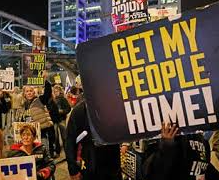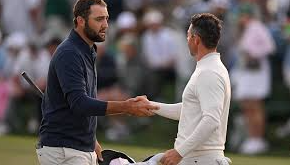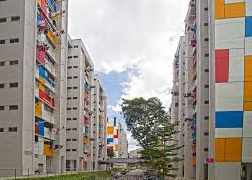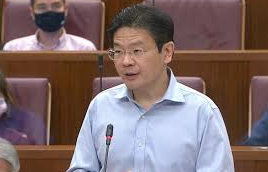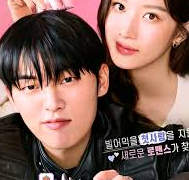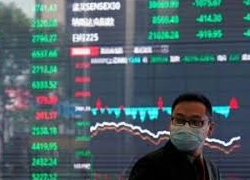How societal pressure and personal insecurities fuel an unsustainable beauty obsession.
SINGAPORE: “I’ve never truly felt pretty at any point in my life,” Gaya admits with a mix of frustration and sadness.
Her beauty journey began as an attempt to heal from heartbreak and confront deep-rooted insecurities. Influenced by TikTok’s curated perfection and critical family comments, Gaya found herself spiraling into an expensive and unfulfilling pursuit of beauty.
The Beginnings of an Obsession
In 2018, Gaya’s first relationship ended in heartbreak. Her boyfriend’s infidelity left her humiliated and questioning her worth.
“I thought, if I had been prettier, maybe he wouldn’t have cheated,” she says.
Family reactions worsened her self-doubt, with relatives critiquing her appearance and suggesting ways to “fix” her skin. Gaya turned to skincare as a coping mechanism, purchasing her first cleanser and moisturizer.
When TikTok entered her life, its algorithm exposed her to an endless stream of beauty content, making her hyper-aware of perceived flaws she hadn’t noticed before.
“I started seeing problems I didn’t even know existed—dark circles, wrinkles, facial hair—and convincing myself I had them too,” she recalls.
The Influence of TikTok’s Beauty World
TikTok revolutionized beauty marketing with relatable influencers and accessible advice. Unlike celebrities, micro-influencers gave beauty tips from bedrooms that looked like Gaya’s own, making their recommendations seem achievable.
Research shows TikTok’s power: nearly 90% of users have bought beauty products based on the platform. For Gaya, the constant exposure transformed her simple routine into an overwhelming array of serums, masks, and creams.
Her monthly beauty spending ballooned to $800, yet her dissatisfaction only deepened.
“The more I spent, the higher my expectations became. It felt like nothing was ever enough,” she confesses.
Cultural and Familial Pressures
Growing up in an Asian household compounded Gaya’s struggles. Family comments on weight and skin were common and often framed as concern, though they deeply affected her self-esteem.
“It’s normal in our culture for relatives to point out flaws,” Gaya explains. “But it felt relentless, especially coming from my mother.”
Her family’s well-meaning advice about beauty treatments ahead of meeting her boyfriend’s family only added to her anxiety.
The Role of Friends and Peer Norms
While Gaya’s friends provided emotional support, they also unintentionally fueled her obsession. Casual conversations about skincare routines or self-deprecating remarks about their own appearances reinforced the pressure.
“Even when you told me about products you liked, it made me feel like I had to buy them too,” Gaya admits to a close friend.
This highlights the pervasive nature of beauty standards, often perpetuated unconsciously within social circles.
The Emotional Cost of Beauty
Despite her significant investments, Gaya’s self-esteem remained fragile. When mask mandates were lifted, she continued wearing her mask—not due to COVID-19 fears but because she still felt unattractive.
Studies confirm that many people, especially women, wear masks to feel more confident in their appearance.
“I know it’s unhealthy, but the world judges women harshly for not meeting beauty standards. At least with makeup, people see I’m trying,” Gaya says.
Rethinking Beauty Norms
Gaya’s story reflects the broader societal pressures women face. While social media has amplified these standards, the roots lie in cultural expectations and collective behavior.
Challenging these norms begins with how we talk about beauty within our communities. Small changes in language and attitude can create a more supportive environment, reducing the burden on individuals like Gaya.
“It’s not just about looking good,” Gaya reflects. “It’s about feeling like I’m enough—something I’m still trying to learn.”

